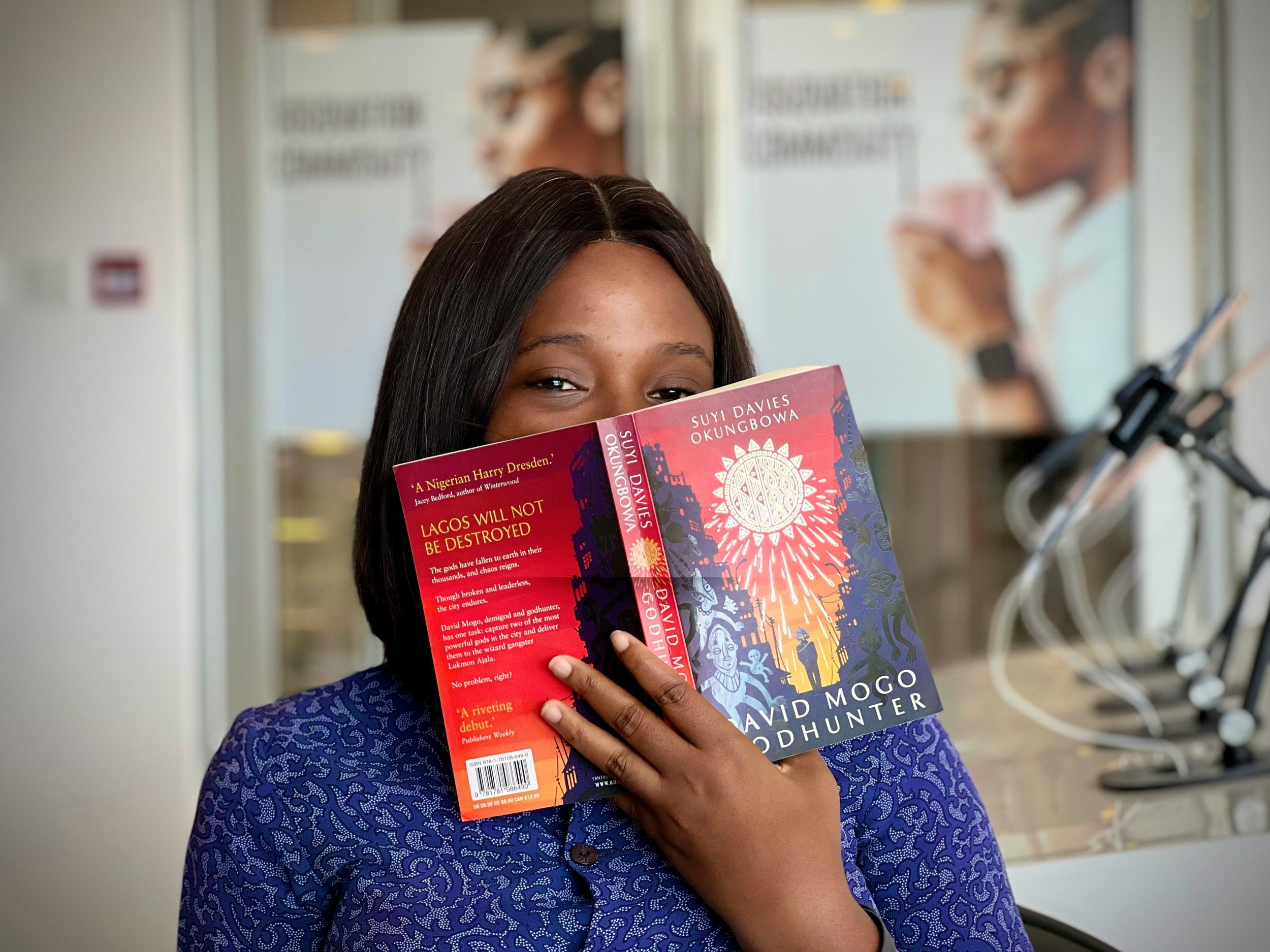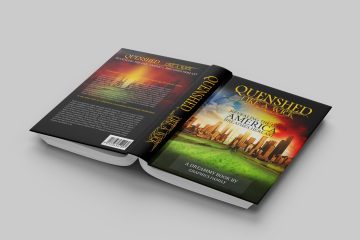Young adult books, often abbreviated as YA, have become a significant and dynamic genre in the literary world. These books are known for their compelling characters, fast-paced plots, and relatable themes. While they are primarily written for teenage audiences, their universal appeal has captivated readers of all ages.
In this article, we’ll explore what defines young adult books, their key characteristics, popular subgenres, and the best age or stage in life to read them. Whether you’re a parent, an educator, a teen, or an adult reader curious about YA, this comprehensive guide will shed light on why this genre continues to thrive.
1. What Are Young Adult Books?
Young adult books are works of fiction typically aimed at readers between the ages of 12 and 18. However, YA isn’t just about the age of its intended audience—it’s also defined by the themes, tone, and perspective it explores.
Key Characteristics of YA Books:
- Teenage Protagonists: The main characters are usually between 13 and 18 years old, experiencing issues relevant to adolescence.
- Coming-of-Age Themes: YA often explores the journey of self-discovery, identity, love, friendship, and emotional growth.
- Accessible Language: The writing style is engaging, fast-paced, and often in first person to help readers connect with the protagonist.
- Emotional Intensity: YA books frequently capture the highs and lows of teenage life, including personal struggles, family dynamics, peer pressure, and social challenges.
Common Topics in YA:
- Identity and self-acceptance
- First love and heartbreak
- Mental health and trauma
- Social justice and activism
- Bullying and peer relationships
- Adventure, survival, and dystopian challenges
Despite being aimed at teens, many YA novels tackle mature subjects with nuance and sensitivity, making them relevant and insightful for adults as well.
2. The Appeal of Young Adult Fiction
YA fiction has exploded in popularity over the past few decades, with bestselling titles like Harry Potter, The Hunger Games, Twilight, and The Fault in Our Stars drawing in massive, cross-generational audiences.
Why YA Appeals to Readers of All Ages:
- Relatable Emotion: The emotional stakes in YA are often raw and honest, echoing real-life struggles and triumphs.
- Engaging Storytelling: YA books are usually fast-paced and plot-driven, making them hard to put down.
- Fresh Perspective: YA captures the world through the eyes of teens—often with a sense of hope, rebellion, or idealism.
- Universal Themes: Issues like love, loss, acceptance, and self-discovery resonate regardless of the reader’s age.
In fact, studies and surveys have shown that a significant portion of YA readers are actually adults aged 18 to 35, proving that the genre is far more versatile than its name suggests.
3. Popular Subgenres of YA Books
YA literature spans many genres, offering something for every reader’s taste. Some of the most popular subgenres include:
Contemporary YA
These books are set in the modern world and focus on realistic stories and everyday teen experiences.
Examples:
- Eleanor & Park by Rainbow Rowell
- To All the Boys I’ve Loved Before by Jenny Han
Fantasy YA
Magic, mythical creatures, and alternate worlds abound in YA fantasy, often with a teenage hero at the center of a grand quest.
Examples:
- Throne of Glass by Sarah J. Maas
- Shadow and Bone by Leigh Bardugo
Science Fiction & Dystopian YA
These stories take place in futuristic or post-apocalyptic settings and explore themes like government control, survival, and resistance.
Examples:
- The Hunger Games by Suzanne Collins
- Divergent by Veronica Roth
Romance YA
YA romance captures the intensity of young love, from crushes and first kisses to complex emotional relationships.
Examples:
- Anna and the French Kiss by Stephanie Perkins
- Everything, Everything by Nicola Yoon
Historical YA
These novels bring historical settings to life through the eyes of young characters, often tackling war, migration, or societal change.
Examples:
- Between Shades of Gray by Ruta Sepetys
- Salt to the Sea by Ruta Sepetys
Thriller/Mystery YA
Teen protagonists take on suspenseful plots full of twists, secrets, and danger.
Examples:
- One of Us Is Lying by Karen M. McManus
- A Good Girl’s Guide to Murder by Holly Jackson
4. When to Read Young Adult Books
As a Teenager (12–18):
This is the primary age group YA is written for. These books often mirror the reader’s own experiences and help them navigate the complexities of adolescence. Themes like friendship drama, identity, bullying, academic stress, and first love make YA especially resonant during these formative years.
Benefits:
- Emotional validation and connection
- Encouragement to reflect on values and choices
- Development of empathy and social awareness
As a Young Adult (18–25):
Even after high school, YA can continue to provide comfort and connection. For college students and young professionals, these books often offer nostalgia and a break from adult responsibilities.
Benefits:
- Reconnection with youthful optimism
- Relatable themes about self-discovery and personal growth
- Fun, fast-paced reads during busy times
As an Adult (25+):
Many adults read YA for the emotional clarity and compelling narratives. Whether you’re a parent wanting to understand your teenager better or simply love a good story, YA can be deeply fulfilling.
Benefits:
- Accessible, enjoyable storytelling
- Fresh perspectives on timeless issues
- Opportunities to explore diversity and inclusion
5. How to Choose the Right YA Book
With so many options out there, choosing the right YA book can be overwhelming. Here are a few tips:
Consider Your Mood or Interest:
- Want escapism? Try a fantasy or dystopian YA.
- Need emotional connection? Go for a contemporary or romance.
- Love puzzles and suspense? Pick a mystery or thriller.
Look for Representation:
Many YA books today prioritize diversity—featuring protagonists of different races, sexual orientations, genders, and cultures.
Read Reviews and Recommendations:
Websites like Goodreads, BookTok (on TikTok), and YouTube book reviewers (BookTubers) are excellent places to find trending or highly recommended YA books.
6. The Role of YA in Education and Development
YA books are increasingly being integrated into classrooms and educational programs because of their relatability and capacity to spark critical thinking.
In Schools:
- YA novels can complement traditional curricula by offering modern perspectives.
- Themes such as mental health, social justice, and identity promote discussion and empathy.
- Reluctant readers often find YA more accessible than classic literature.
In Libraries:
YA sections are among the most visited in public libraries. Librarians often use YA literature to create youth programs, book clubs, and reading challenges.
Conclusion: More Than Just Teen Fiction
Young adult books are a mirror and a window—they reflect readers’ own experiences and offer glimpses into others’ lives. With their emotional intensity, engaging narratives, and relatable characters, YA books continue to shape and inspire readers across generations.
Whether you’re a teenager discovering your place in the world or an adult seeking a meaningful, page-turning escape, YA has something to offer you. So, the answer to “When should I read young adult books?” is simple: anytime you’re ready to be moved, challenged, or simply entertained.



